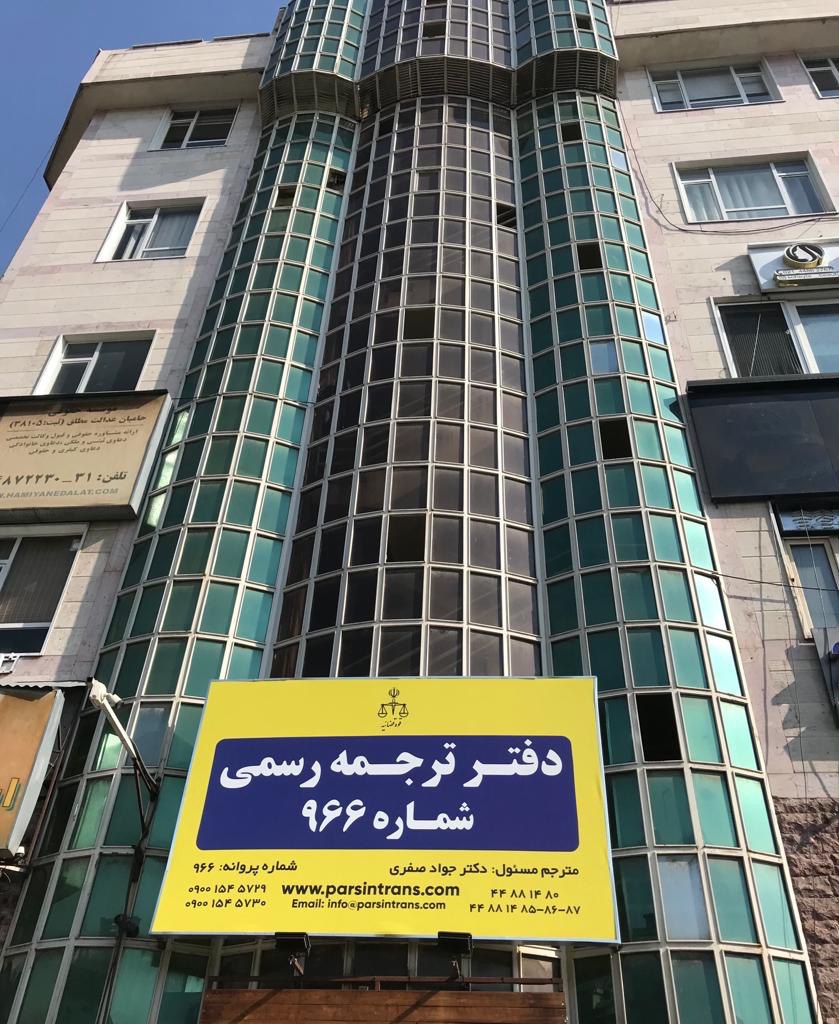Translation services have become increasingly essential in today's globalized world, where businesses expand their reach across international borders and individuals interact with people from diverse linguistic backgrounds. However, along with the growth of translation services has come a host of myths and misconceptions surrounding the practice, including common myths that need to be dispelled. In this article, we will delve into some common myths about translation services and separate fact from fiction.
Myth 1: Machine Translation is Equally Good as Human Translation
One of the most widespread myths is that machine translation can outperform human translation. While machine translation has improved significantly over the years, it is still far from accurate. Human translation involves not only the transfer of words from one language but also the nuances of culture, context, and tone, which are difficult to capture with machine translation. A well-translated text should not only be grammatically correct but also convey the intended message and tone, which only a human translator can achieve.
Myth 2: Translation Services are Only for Large Corporations
Another myth is that translation services are only for large corporations with international operations, but that is a misconception. However, translation services are essential for individual professionals, small businesses, and non-profit organizations as well. Translation services can help individuals and small businesses expand their reach, communicate with international clients, and access international markets. Many small businesses and entrepreneurs rely on translation services to promote their services and compete in a global market.
Myth 3: Translation Services are Too Expensive
One of the most common misconceptions about translation services is that they are too expensive, which is a common myth. However, the cost of translation services depends on the type of translation, the language combination, and the complexity of the text. Professional translation services offer a range of options, including machine-aided translation, post-editing, and certified translation, which can vary in cost. While high-quality translation services may seem expensive upfront, they can save businesses and individuals time, money, and resources in the long run by ensuring accurate and efficient communication.

Myth 4: Translation Services are Only for Written Text
Another myth is that translation services are only for written text, but that is a misconception. While written translation is a common requirement, ترجمه رسمی در پونک translation services also extend to spoken languages such as transcription, subtitling, and audio description. Interpretation services, for example, involve real-time translation of spoken language and are essential for conferences, meetings, and public events. Subtitling and audio description services are also critical for media and entertainment companies that cater to audiences with diverse linguistic backgrounds.
Myth 5: Translation Services are Unnecessary for Simple Texts
One of the most common beliefs about translation services is that they are only necessary for complex, technical, or legal texts, but that is misleading. However, simple texts such as product descriptions, marketing materials, and website content also require translation to communicate effectively with international audiences. A poorly translated simple text can lead to confusion and lost business opportunities. Professional translation services can ensure that simple texts are translated accurately and efficiently to meet the needs of international customers.
In conclusion, common myths about translation services often reflect a lack of understanding about the complexities and nuances of translation. By debunking these myths, individuals and businesses can appreciate the importance of translation services in facilitating effective communication and global understanding. Whether it's machine translation, human translation, or interpretation services, the truth is that translation services are essential for anyone who wants to communicate and connect with people from diverse linguistic backgrounds.
